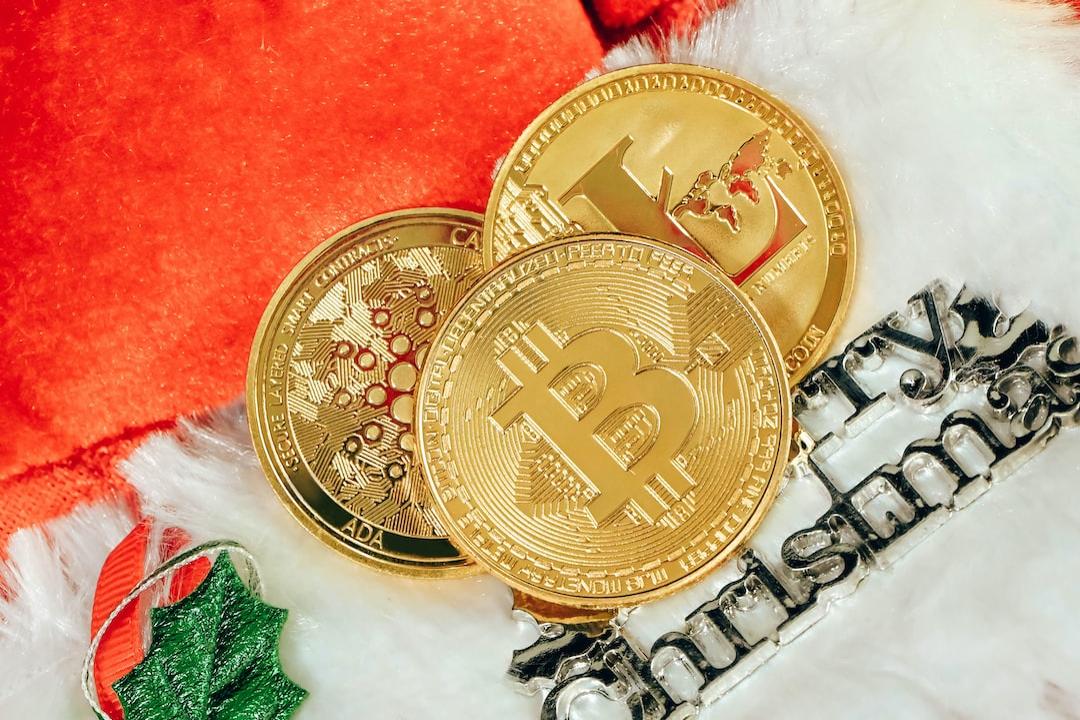Solana’s native token, SOL, has experienced a 13% decline in the past week, causing it to fall behind the top 3 contenders in market capitalization. This drop in price has raised concerns among investors that the peak demand for SOL may have passed as the airdrop frenzy subsides. When compared to competing blockchains, Solana’s network activity suggests a bearish momentum.
The decrease in SOL’s price can be partly attributed to the poor performance of the Solana SPL tokens, such as Jito (JTO), Jupiter (JUP), and Dogwifhat (WIF). These tokens have experienced declines of 17%, 16%, and 18%, respectively, since February 19. As a result, investors hoping for gains from potential airdrops have been negatively affected, as future listings are often priced in relation to existing alternatives.
However, the demand for SOL is not solely reliant on airdrops, as there are numerous decentralized applications (DApps) already operating on the network. For example, the decentralized exchange Raydium has seen 172,440 active addresses in the past week alone, while the NFT marketplace Magic Eden has attracted 167,930 addresses in the same period.
Despite these positive indicators, Solana’s recent network activity falls short when compared to other chains. In the week leading up to February 21, Solana’s DApps volumes totaled $813 million, significantly lower than Polygon’s $2.9 billion and BNB Chain’s $5.2 billion. Solana was the only blockchain among the top 7 to not experience volume growth during this period. Additionally, while the number of active addresses on Solana grew by 5%, competitors Ethereum and BNB Chain saw gains of 14% and 27%, respectively.
On a more positive note, the amount of SOL deposited on the network’s DApps, measured by the total value locked (TVL), reached 37.7 million on February 17, the highest level since November 2022. This represents a 13.5% increase compared to the previous month, indicating an overall increase in demand for SOL, regardless of airdrop expectations. Furthermore, the percentage of SOL staked in the native validating process reached 67.3% on February 21, suggesting that holders are not concerned about the recent price correction and are less likely to sell in the short term.
Another reason for optimism among Solana investors is the integration with Filecoin, a decentralized storage solution. This collaboration addresses the issue of historical data availability, as the complete records exceed 250 terabytes of storage. The previous solution using Google Cloud’s BigQuery platform did not align with the values of some DApps users and developers.
However, when considering the broader perspective, it becomes increasingly difficult to justify Solana’s $44.6 billion market capitalization, especially when compared to networks like Polygon and Arbitrum that have more active users and higher volumes. For instance, Polygon’s market cap is $8.8 billion, while Arbitrum stands at only $2.3 billion. This data does not necessarily indicate an imminent correction in SOL’s price, but it does provide less incentive for bulls to maintain levels above $100.
Please note that this article does not provide investment advice or recommendations. It is important for readers to conduct their own research and make informed decisions when it comes to investments and trading.

